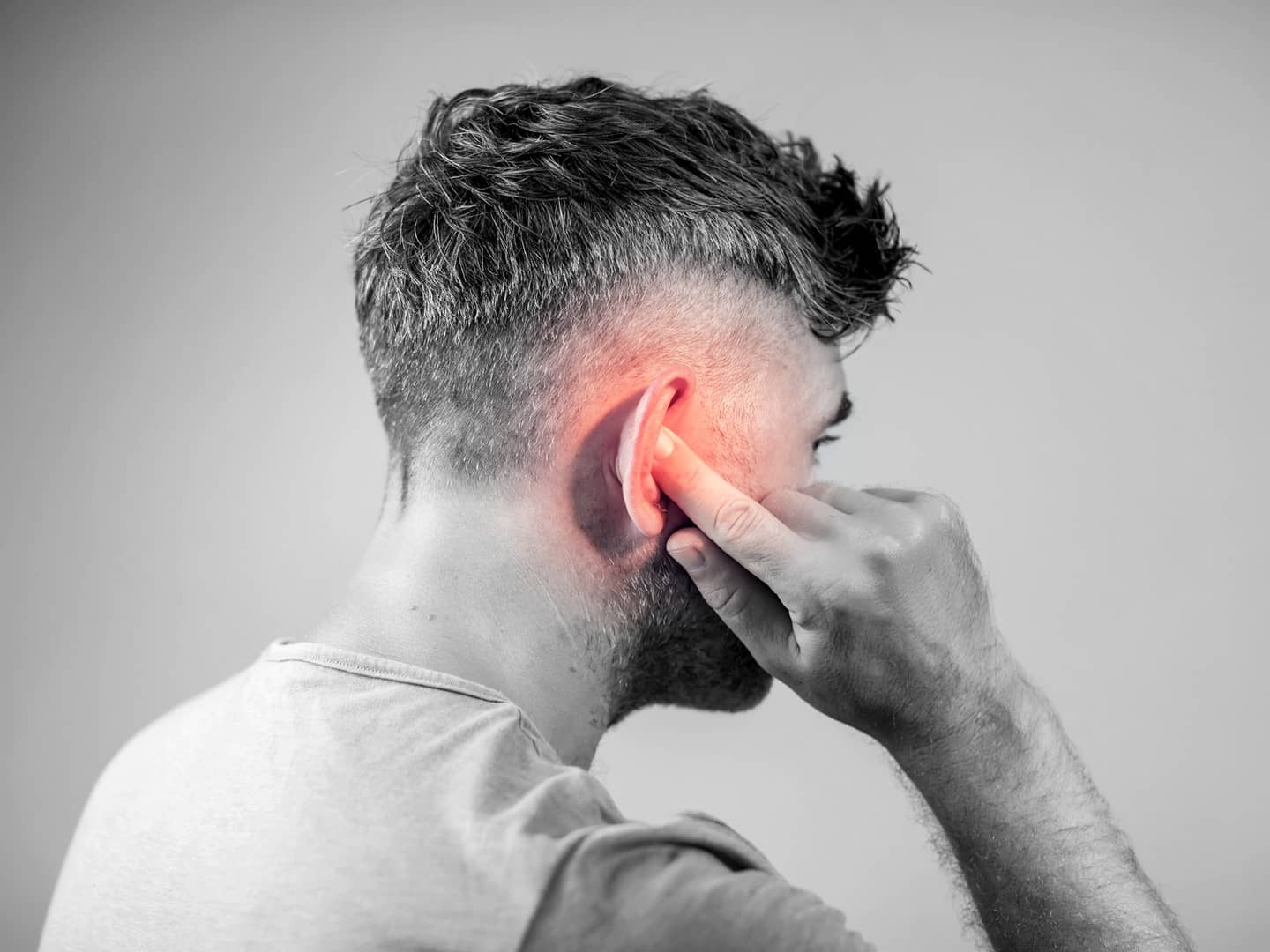Tinnitus: Causes, Treatment, and Progressive Tinnitus Management

If you ever experienced a ringing or buzzing in your ears, you might have tinnitus. Tinnitus is the perception of sound that has no external source. It’s a relatively common condition, affecting around 15% to 20% of the population. The severity of tinnitus varies, from just an occasional annoyance to a debilitating condition that affects everyday life. In this article, we’ll explore the causes, treatment, and Progressive Tinnitus Management program for tinnitus sufferers.
Causes of Tinnitus
There’s no single answer to what causes tinnitus, but several factors can contribute to its development. One of the most common causes is exposure to loud noises. Prolonged exposure to loud music, industrial machinery, or other noises can damage the hair cells in the ear responsible for transmitting sound to the brain, leading to tinnitus. Infections, earwax blockages, and certain medications such as aspirin and non-steroidal anti-inflammatory drugs (NSAIDs) can also cause tinnitus.
However, tinnitus is not always a result of external damage to the ear. Psychological factors such as anxiety and stress can exacerbate the symptoms of tinnitus. The limbic system in the human brain is responsible for the emotional and psychological response to sound. When people experience stress or anxiety, their limbic system can cause the neurons in the auditory cortex to react more strongly to sounds, leading to increased tinnitus volume.
Treatments for Tinnitus
There’s currently no cure for tinnitus, but there are several treatment options available to alleviate the symptoms. The most effective treatment involves addressing the underlying psychological component and creating a sound-rich environment with increased auditory stimulation. This can include hearing aids, ear-level noise generators, and sound therapy.
Hearing aids can help improve hearing and reduce the prominence of tinnitus. They use a process called “masking,” where a similar sound is played to mask or cover up the tinnitus sound. Ear-level noise generators work similarly, generating noise to reduce tinnitus perception. Sound therapy involves listening to calming or pleasant sounds for an extended period to habituate the brain to the sound of tinnitus.
Progressive Tinnitus Management Program
Progressive Tinnitus Management (PTM) is a tinnitus treatment protocol developed by the United States Department of Veterans Affairs National Center for Rehabilitative Auditory Research. It offers a patient-centered approach to tinnitus management that recognizes that every individual’s experience and needs may differ. PTM provides five different levels of patient care, from group sessions to individualized counseling with audiologists or therapists. The program focuses on two pillars of treatment: psychological intervention and sound therapy.
The psychological intervention component of PTM uses stratified care to identify and address the patient’s level of distress related to their tinnitus. Levels of care range from basic counseling to cognitive-behavioral therapy, depending on the patient’s needs. Treatment sessions aim to change negative reactions to sound and increase the patient’s ability to cope with tinnitus.
The sound therapy component of PTM uses a sound-rich environment to habituate the patient’s brain to the sound of tinnitus. This can involve using hearing aids or ear-level noise generators, but also techniques such as music therapy, mindfulness, and relaxation exercises. By creating a sound-rich environment, the brain learns to develop a new relationship with tinnitus and reduces the distress associated with it.
Pure Tinnitus
PTM is a scientifically validated tinnitus treatment protocol that has helped many individuals. However, not everyone has access to PTM programs or audiologists familiar with the protocol. Pure Tinnitus is a program developed by an audiologist that follows the principles of PTM in a self-help format. The program is based on the belief that a comprehensive approach to tinnitus management is the key to success. Besides sound therapy, the program also includes counseling, mindfulness, relaxation techniques, and lifestyle changes. Pure Tinnitus aims to help in habituating the brain to the sounds of tinnitus and improving the patient’s overall quality of life.
In conclusion, tinnitus can be a challenging condition to live with, but it’s essential to remember that effective treatment is available. Addressing the psychological component and creating a sound-rich environment are the most effective ways to manage tinnitus. PTM, a patient-centered approach to tinnitus management, offers a comprehensive approach to treatment, combining psychological intervention and sound therapy. Still, self-help programs such as Pure Tinnitus can also be a valuable resource for individuals struggling with the condition.

